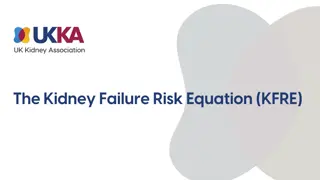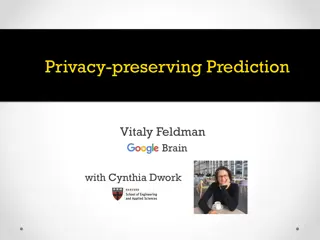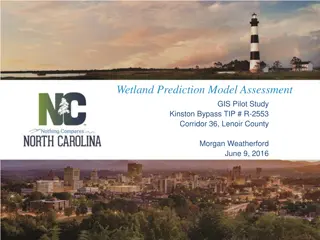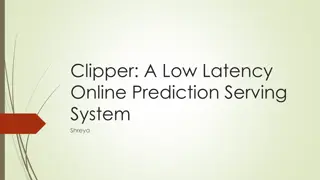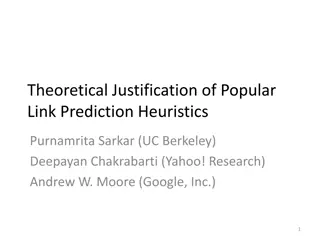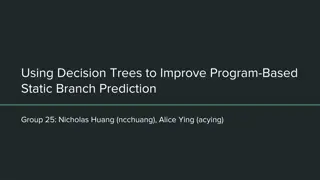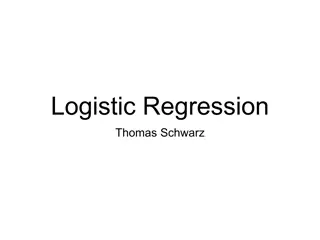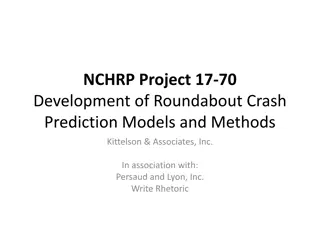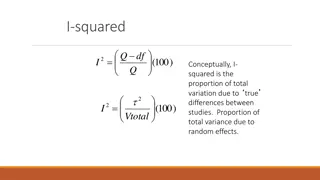Practices in Data Analysis and Prediction
Harness the power of data analysis and visualization to understand relationships between variables, predict phenomena, and communicate findings effectively. Explore using models and systems to make claims, generate investigable questions, and analyze geoscience data for Earth's systems and climate patterns.
Download Presentation

Please find below an Image/Link to download the presentation.
The content on the website is provided AS IS for your information and personal use only. It may not be sold, licensed, or shared on other websites without obtaining consent from the author.If you encounter any issues during the download, it is possible that the publisher has removed the file from their server.
You are allowed to download the files provided on this website for personal or commercial use, subject to the condition that they are used lawfully. All files are the property of their respective owners.
The content on the website is provided AS IS for your information and personal use only. It may not be sold, licensed, or shared on other websites without obtaining consent from the author.
E N D
Presentation Transcript
1 Analyzing your dataset
Communicating your findings Combining them with others 2 1 Analyzing your dataset
Communicating your findings Combining them with others 2 1 Analyzing your dataset 3 Making claims about relationships between variables
Using a model to predict phenomena 4 Communicating your findings Combining them with others 2 1 Analyzing your dataset 3 Making claims about relationships between variables
Generating questions that can be investigated Using a model to predict phenomena 5 4 Communicating your findings Combining them with others 2 1 Analyzing your dataset 3 Making claims about relationships between variables
Generating questions that can be investigated Using systems models to predict behavior Using a model to predict phenomena 5 4 Communicating your findings Combining them with others 2 1 Analyzing your dataset Explaining stability and change by examining change over time 3 Using maps to identify patterns; Using patterns as empirical evidence for causality Making claims about relationships between variables
Generating questions that can be investigated Using systems models to predict behavior Earth s systems; Weather and climate; The roles of water Using a model to predict phenomena 5 4 Communicating your findings Combining them with others 2 1 Analyzing your dataset Explaining stability and change by examining change over time 3 Using maps to identify patterns; Using patterns as empirical evidence for causality Making claims about relationships between variables
Generating questions that can be investigated Using systems models to predict behavior Earth s systems; Weather and climate; The roles of water Using a model to predict phenomena 5 4 Communicating your findings Combining them with others Analyze geoscience data to make the claim that one change to Earth's surface can create feedbacks that cause changes to other Earth systems. 2 1 Analyzing your dataset Explaining stability and change by examining change over time 3 Using maps to identify patterns; Using patterns as empirical evidence for causality Making claims about relationships between variables






